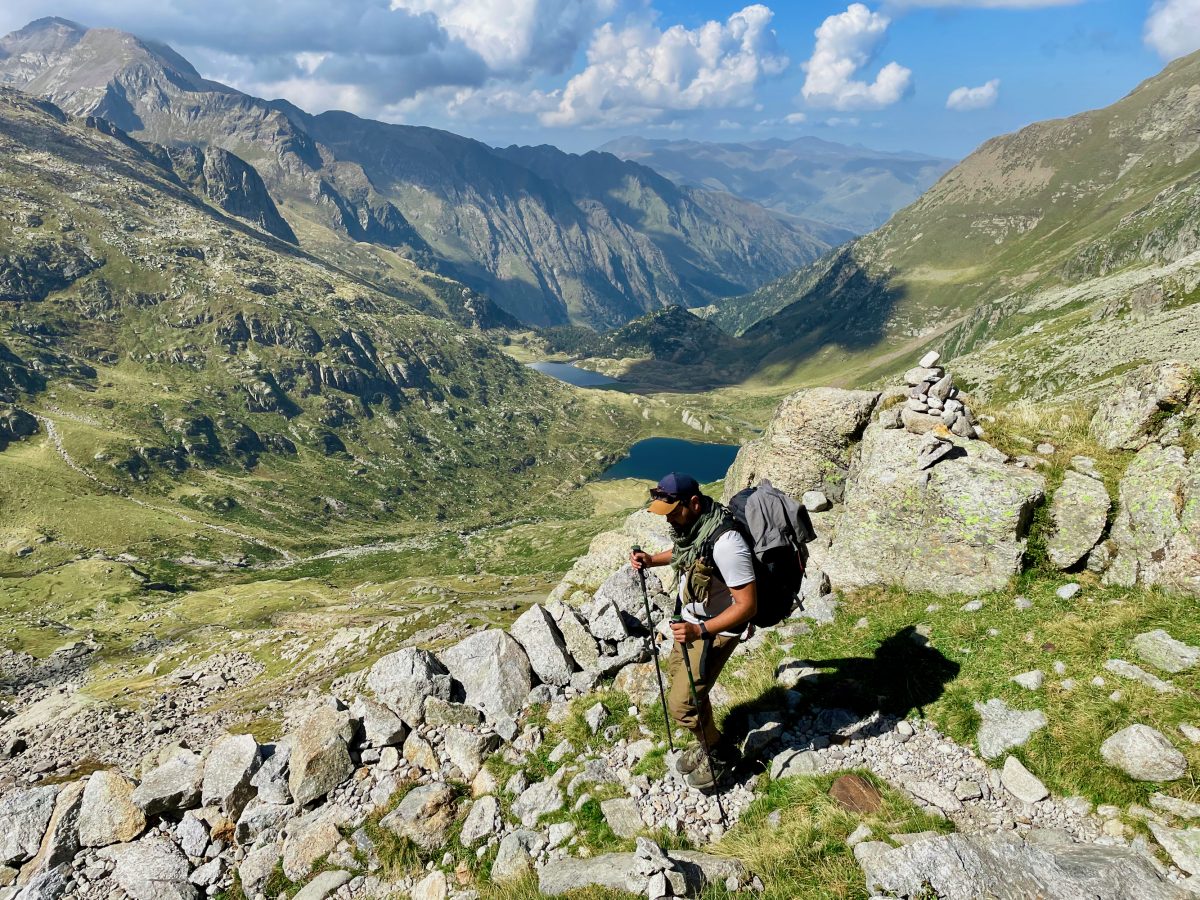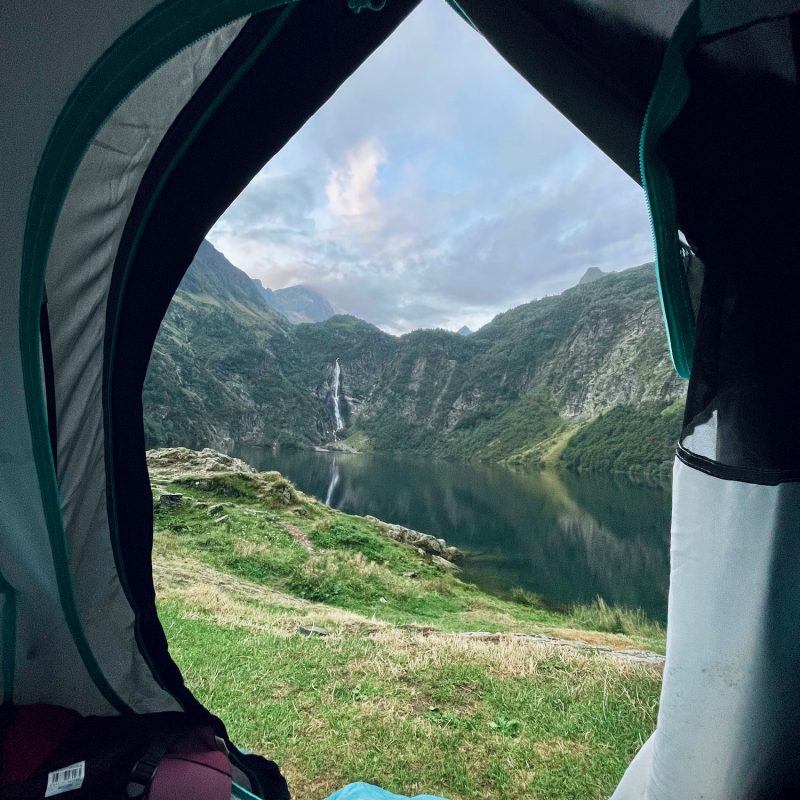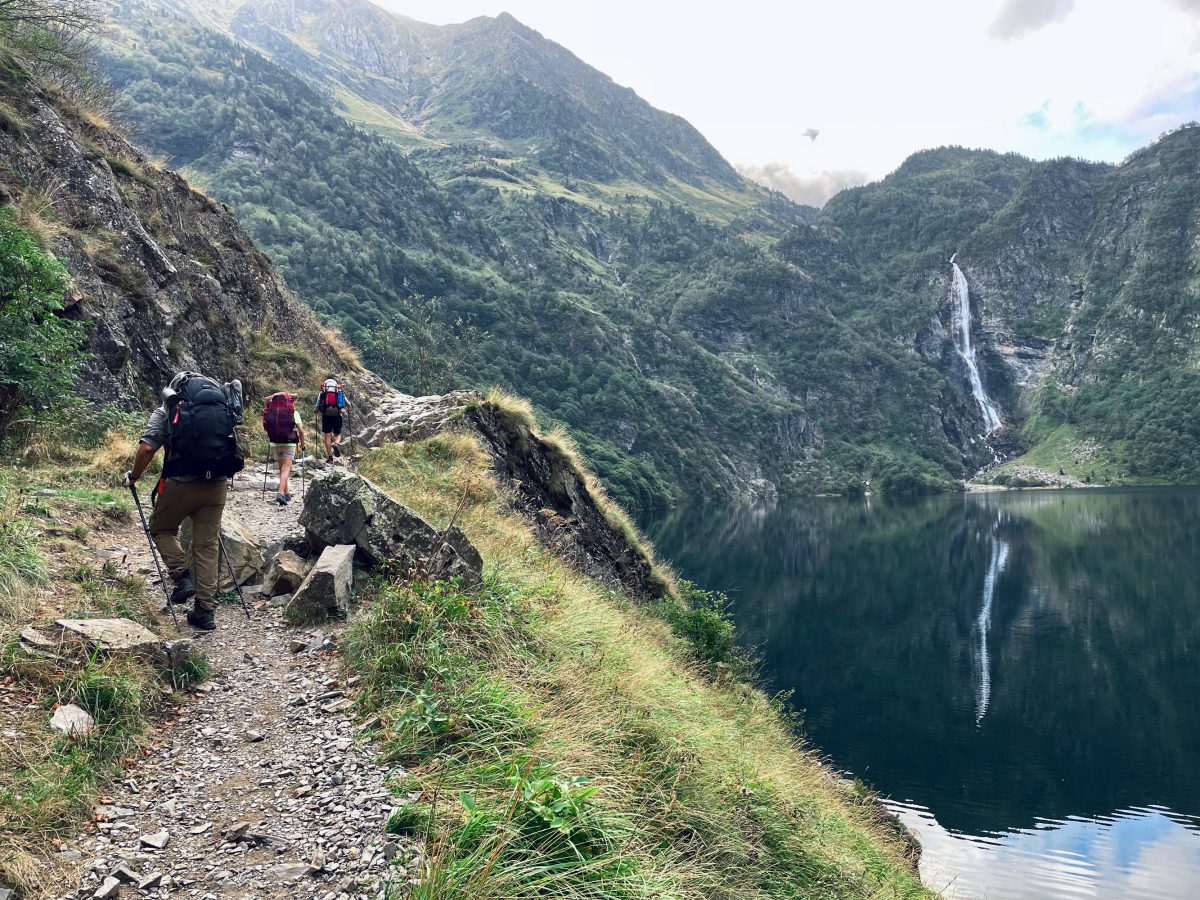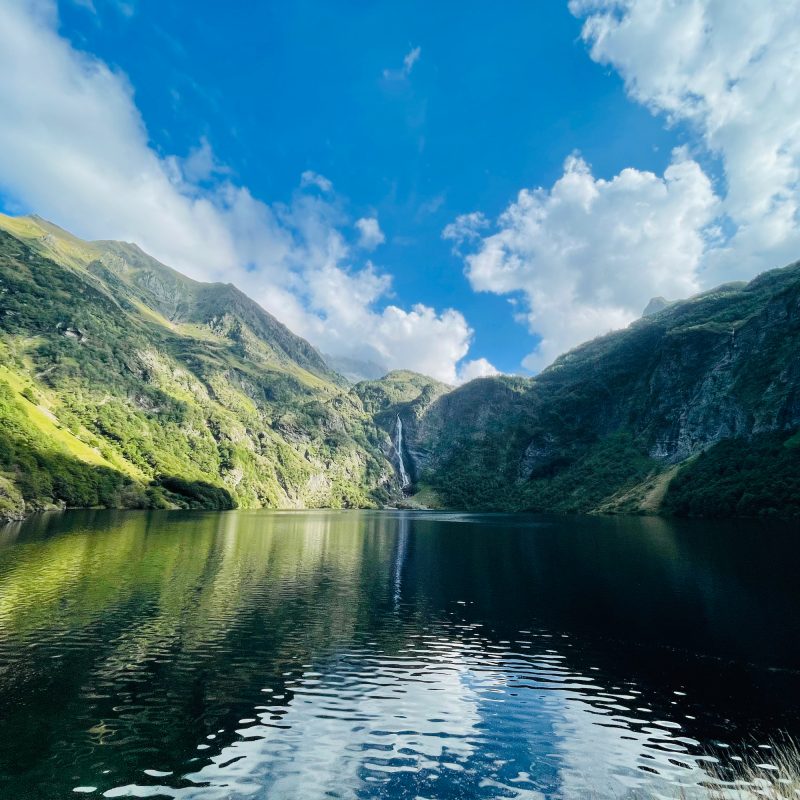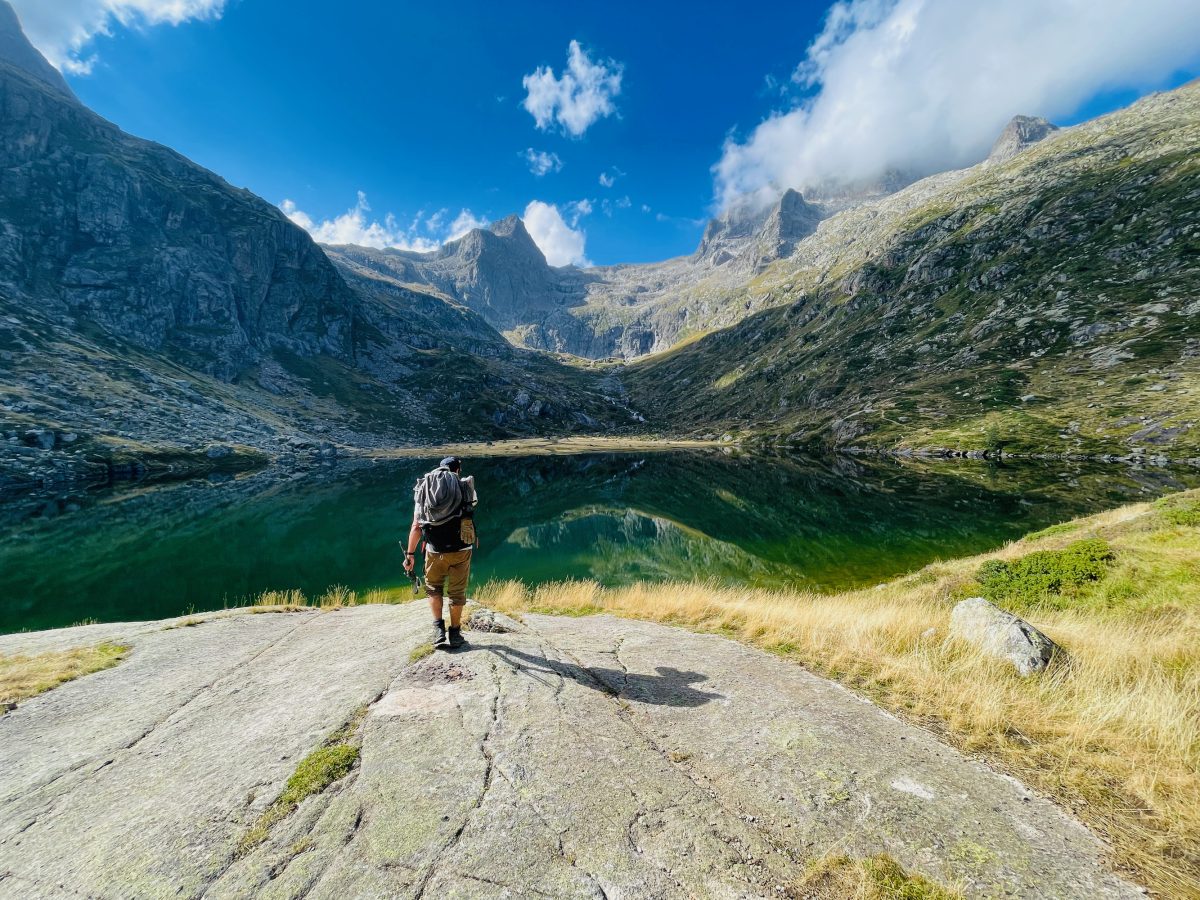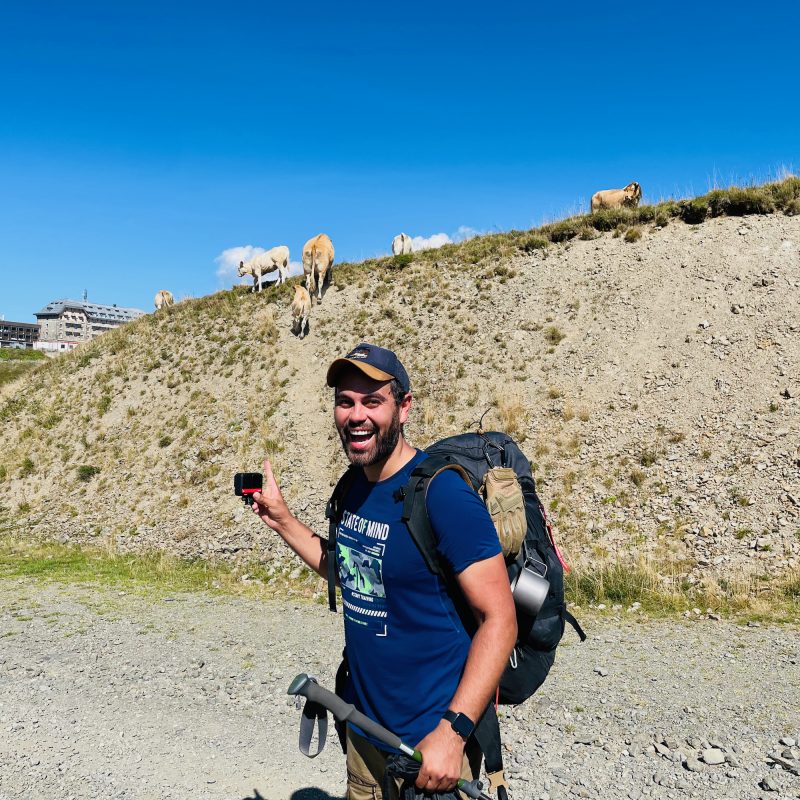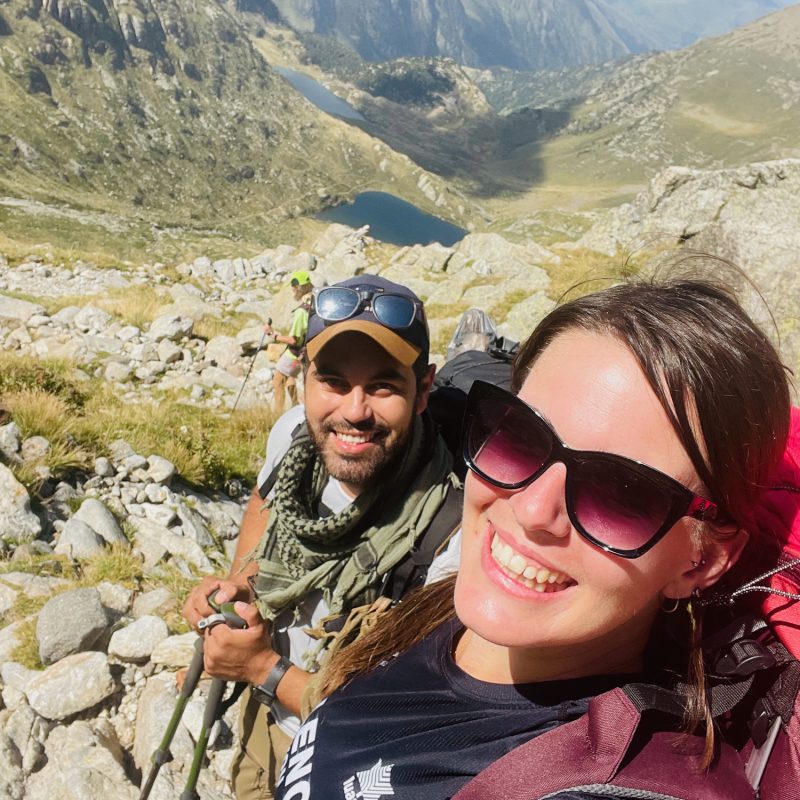Backpacking in the French Pyrenees
3 days, 2 nights
For our summer holidays we decided to do our first backpacking trip together in the French Pyrenees. Since we love going on hikes and wild camping together, the logical next step was to plan a multi-day journey. 3 days and 2 nights, to be exact, long enough to get a taste of what backpacking is like in the mountains with a 50L pack weighing about 10-12kg.

